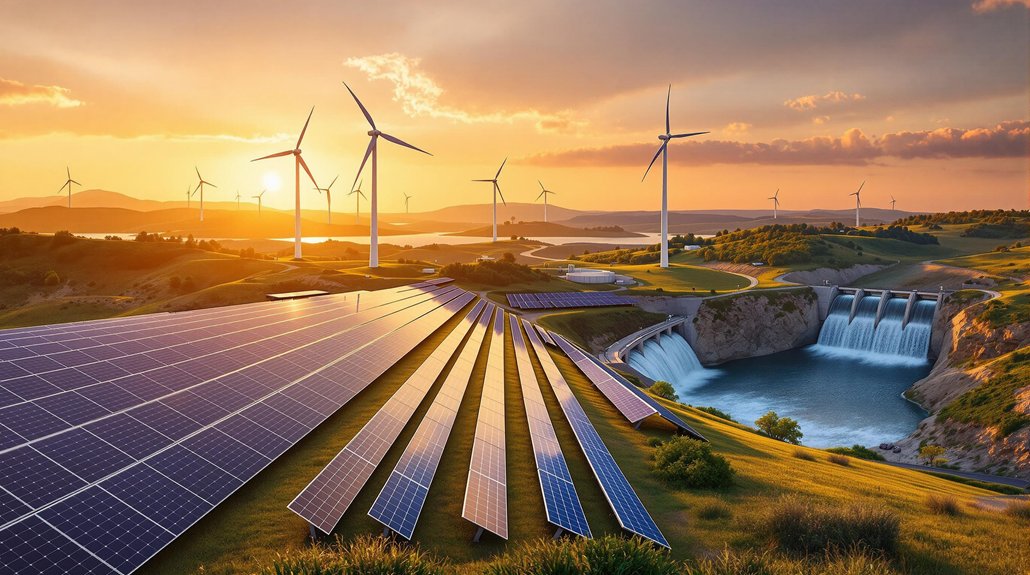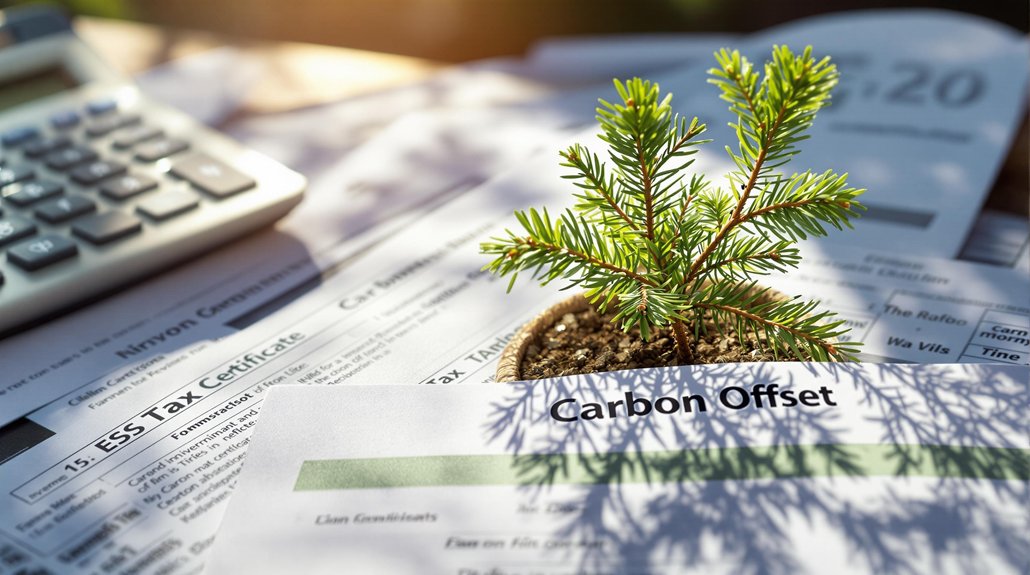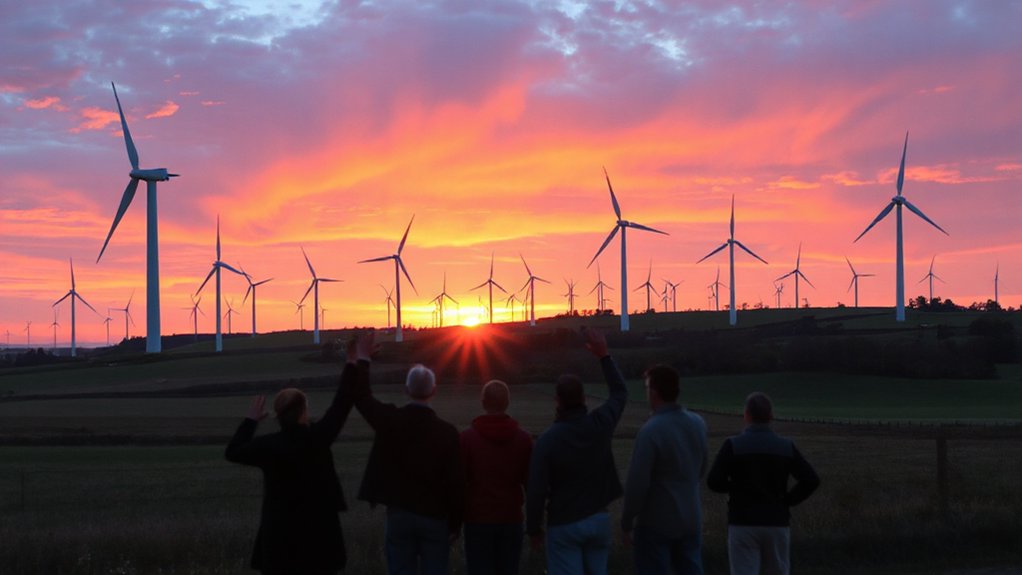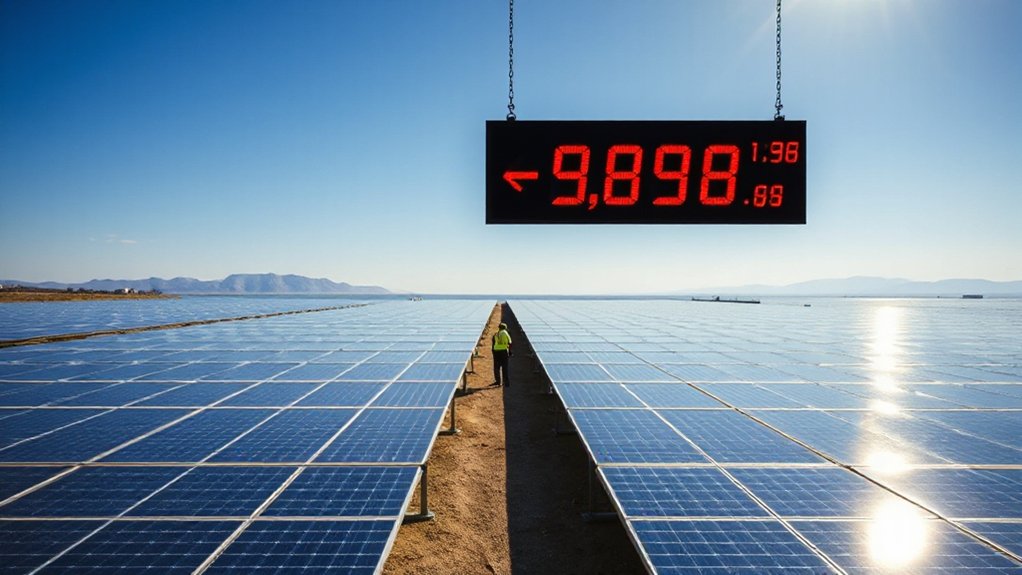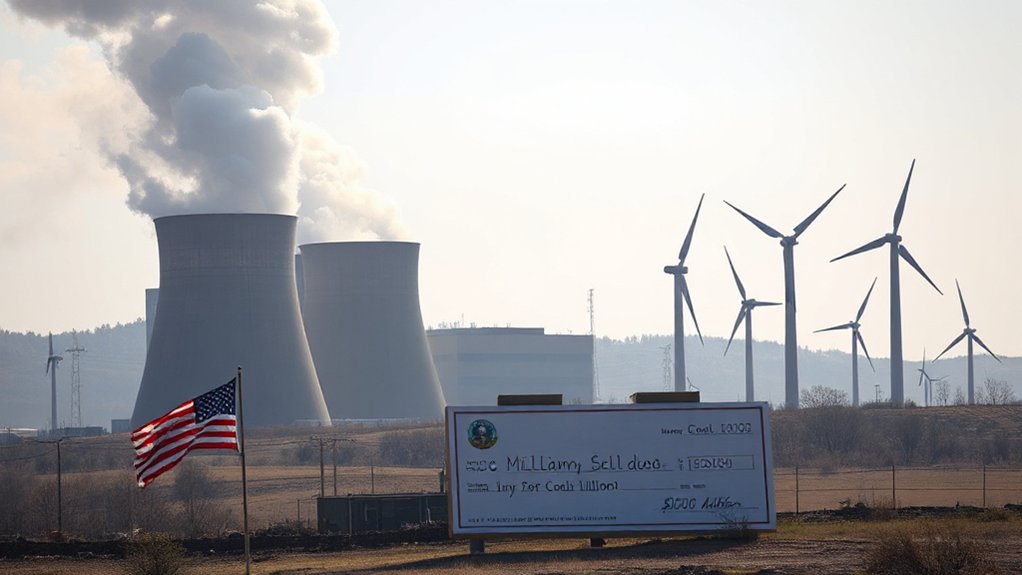Alternative energy resources are naturally replenishing power sources that don’t run dry like fossil fuels. Think solar, wind, hydropower, geothermal, and biomass – nature’s endless gift to humanity. These sustainable alternatives currently generate 28.8% of global electricity, with China leading the pack at 1,020 GW of renewable capacity. While initial costs can be steep, long-term benefits include reduced emissions and energy independence. The renewable revolution is just warming up.
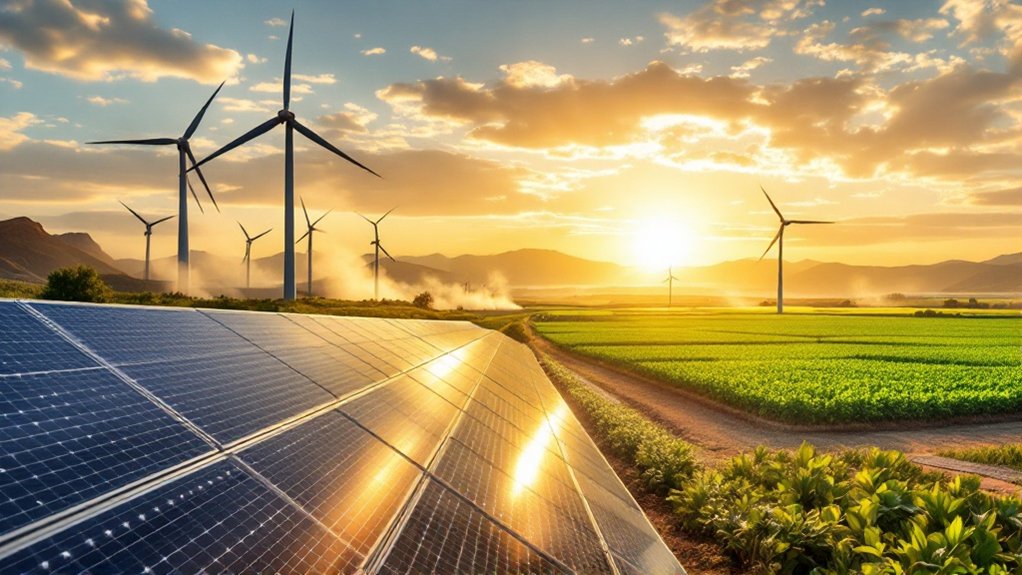
While politicians debate and fossil fuel companies rake in billions, alternative energy resources are rapidly evolving from pipe dream to reality. These energy sources, which include solar, wind, hydropower, geothermal, and biomass, are naturally replenishing and virtually inexhaustible. Unlike their dirty fossil fuel cousins, they’re actually sustainable. Imagine that.
The numbers don’t lie. Renewable energy already provides 28.8% of global electricity, and that’s just the beginning. China, often criticized for its environmental practices, surprisingly leads the pack with a whopping 1,020 GW of renewable capacity. The European Union isn’t far behind, aiming for 32% renewable energy by 2030. Even the United States, with its notorious love affair with oil, generated 21% of its electricity from renewables in 2020. These solutions promote energy autonomy and independence for nations seeking to reduce their reliance on external supplies. Currently, fossil fuels dominate about 79% of U.S. energy consumption.
Global renewable energy isn’t just growing—it’s soaring. With China leading at 1,020 GW, the clean power revolution is unstoppable.
These alternatives come with some impressive perks. They slash greenhouse gas emissions, create jobs, and help countries tell foreign oil producers where to stick it. Energy independence isn’t just a catchphrase – it’s becoming reality. The long-term costs are dropping, and technological advances are making these systems more efficient than ever. Solar panels now reach 47% efficiency in laboratories, and floating offshore wind turbines are no longer science fiction. Global renewable energy generation reached 8,440 TWh in 2022, marking significant progress in the sector.
But let’s be real – it’s not all sunshine and rainbows. Alternative energy faces some genuine challenges. Solar and wind power can be as unpredictable as a teenager’s mood swings. The initial costs are steep, and some energy sources are picky about geography. Storage remains a headache, and integrating these systems into existing power grids isn’t exactly a walk in the park.
Yet the future looks promising, if not inevitable. Experts project renewables will supply 80% of global electricity by 2050. Costs keep falling, research keeps advancing, and international cooperation keeps growing. Smart grid systems are getting smarter, battery technology is improving, and new innovations like enhanced geothermal systems are expanding possibilities.
The shift isn’t just happening – it’s accelerating. Fossil fuels had their moment. Now it’s time for something new.
